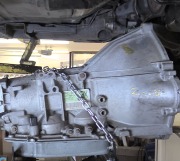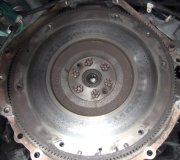Monday, December 18th, 2017 AT 8:32 PM
I recently replaced my transmission oil pan gasket and filter. Everything went fine and I have noticed a wet spot under my truck. The fluid is leaking off of the front passenger side corner of the transmission oil pan. I do not believe its transmission fluid but I think its oil. I cannot find where the oil is leaking down from. To go back I did the gasket replacement because I saw the leak in the same area and thought I had a bad gasket. Now that I have changed everything I still have a leak at the exact same spot. The fluid also leaks when the vehicle is shut off.


